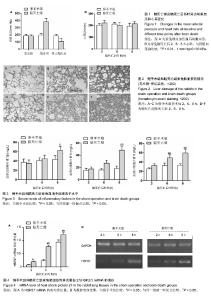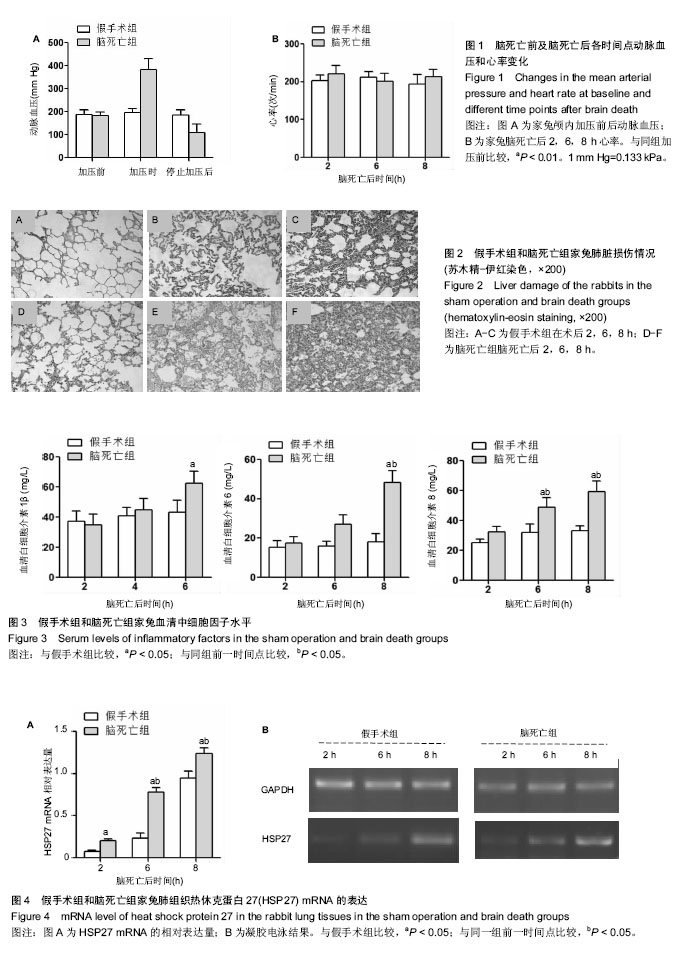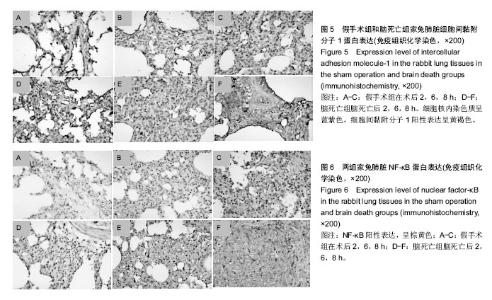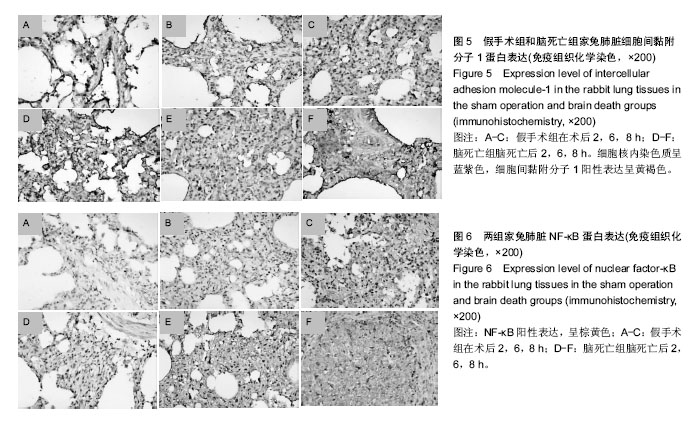| [1] Lammertyn EJ, Vandermeulen E, Bellon H,et al.End-stage cystic fibrosis lung disease is characterised by a diverse inflammatory pattern: an immunohistochemical analysis. Respir Res.2017;18(1):10. [2] Kneidinger N,Gloeckl R,Schönheit-Kenn U,et al.Impact of Nocturnal Noninvasive Ventilation on Pulmonary Rehabilitation in Patients with End-Stage Lung Disease Awaiting Lung Transplantation. Respiration. 2017.[Epub ahead of print][3] Tejwani V,Panchabhai TS,Kotloff RM,et al.Complications of Lung Transplantation: A Roentgenographic Perspective. Chest. 2016;149(6):1535-1545.[4] van Suylen V, Luijk B, Hoek RAS, et al.A Multicenter Study on Long-Term Outcomes After Lung Transplantation Comparing Donation After Circulatory Death and Donation After Brain Death.Am J Transplant. 2017;17(10):2679-2686. [5] Rostron AJ, Avlonitis VS, Cork DM, et al.Hemodynamic resuscitation with arginine vasopressin reduces lung injury after brain death in the transplant donor. Transplantation. 2008;85(4):597-606.[6] Avlonitis VS, Wigfield CH, Kirby JA, et al. The hemodynamic mechanisms of lung injury and systemic inflammatory response following brain death in the transplant donor. Am J Transplant.2005;5(4Pt1):684-693.[7] Singh MK, Sharma B, Tiwari PK, et al. The small heat shock protein Hsp27: Present understanding and future prospects.J Therm Biol.2017;69:149-154. [8] Lianos GD, Alexiou GA, Mangano A, et al. The role of heat shock proteins in cancer.Cancer Lett. 2015;360(2): 114-118. [9] Miller-Graziano CL,De A, Laudanski K, et al. HSP27: an anti-inflammatory and immunomodulatory stress protein acting to dampen immune function. Novartis Found Symp.2008;291: 196-208; discussion 208-11, 221-224.[10] Reddy VS, Madala SK, Trinath J, et al. Extracellular small heat shock proteins: exosomal biogenesis and function. Cell Stress Chaperones.2017.[Epub ahead of print][11] Pratschke J, Wilhelm MJ, Laskowski I, et al. Influence of donor brain death on chronic rejection of renal transplants in rats.J Am Soc Nephrol.2001;12(11): 2474-2481. [12] 宿英英,张艳,叶红,等.脑死亡判定标准与技术规范(成人质控版) [J].中华移植杂志:电子版,2015,9(1):13-17. [13] Wijdicks EF, Varelas PN, Gronseth GS, et al.Evidence-based guideline update: determining brain death in adults: report of the Quality Standards Subcommittee of the American Academy of Neurology. Neurology.2010;74(23):1911-1918.[14] Floerchinger B,Oberhuber R,Tullius SG,et al.Effects of brain death on organ quality and transplant outcome.Transplant Rev (Orlando).2012;26(2): 54-59.[15] Kang CH, Anraku M, Cypel M, et al.Transcriptional signatures in donor lungs from donation after cardiac death vs after brain death: a functional pathway analysis.J Heart Lung Transplant. 2011;30(3):289-298.[16] Avlonitis VS, Fisher AJ, Kirby JA, et al. Pulmonary transplantation: the role of brain death in donor lung injury. Transplantation.2003;75(12):1928-1933.[17] Weaver JL, Matheson PJ, Matheson A, et al. Direct Peritoneal Resuscitation Alters Leukocyte Infiltration in the Lung after Acute Brain Death.Shock.2017.[Epub ahead of print][18] Pratschke J, Weiss S, Neuhaus P, et al.Review of nonimmunological causes for deteriorated graft function and graft loss after transplantation. Transpl Int.2008;21(6): 512-522.[19] Ying B, Yang T, Song X, et al. Quercetin inhibits IL-1 beta-induced ICAM-1 expression in pulmonary epithelial cell line A549 through the MAPK pathways.Mol Biol Rep.2009;36(7):1825-1832.[20] Fisher AJ, Donnelly SC, Hirani N,et al.Elevated levels of interleukin-8 in donor lungs is associated with early graft failure after lung transplantation.Am J Respir Crit Care Med. 2001:163(1):259-265.[21] Salari S, Seibert T, Chen YX, et al. Extracellular HSP27 acts as a signaling molecule to activate NF-κB in macrophages. Cell Stress Chaperones. 2013;18(1): 53-63.[22] Elkins LJ. Inhalational anesthesia for organ procurement: potential indications for administering inhalational anesthesia in the brain-dead organ donor.AANA J.2010;78(4): 293-299.[23] Tang H,Zhang J,Cao S,et al.Inhibition of Endoplasmic Reticulum Stress Alleviates Lung Injury Induced by Brain Death. Inflammation.2017;40(5):1664-1671. [24] Kumar L. Brain death and care of the organ donor. J Anaesthesiol Clin Pharmacol 201;32(2):146-152. |



